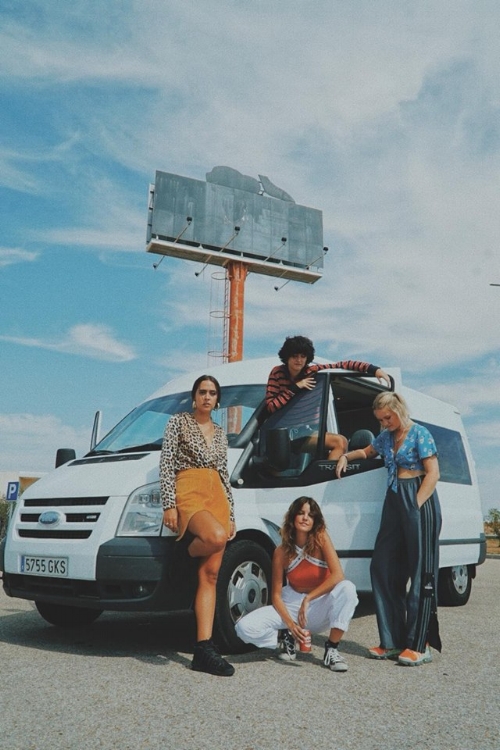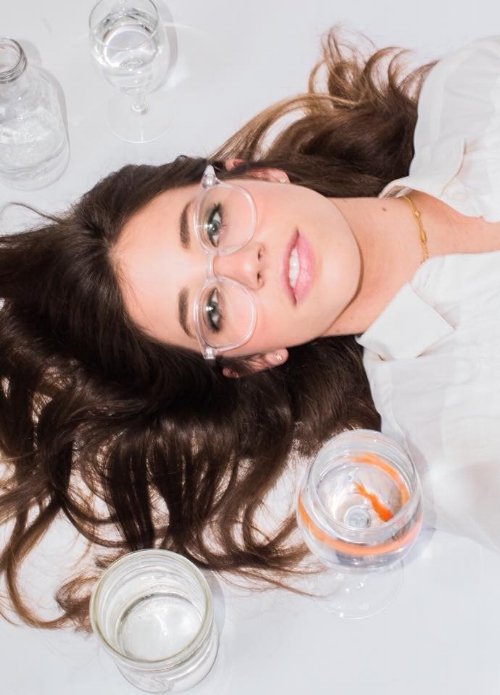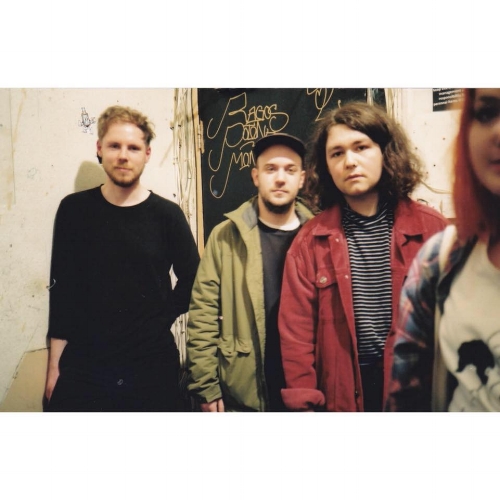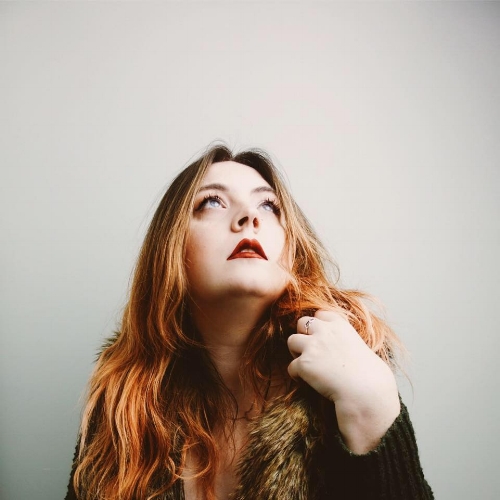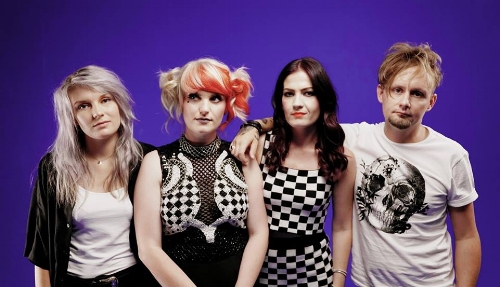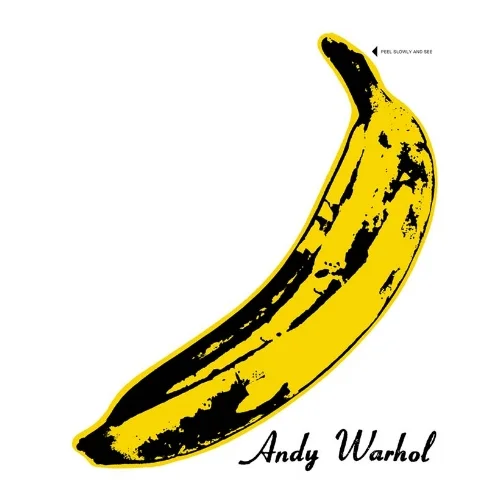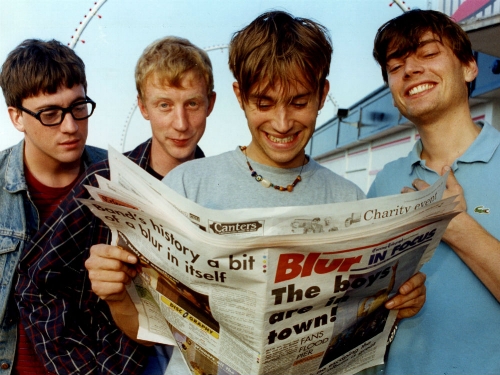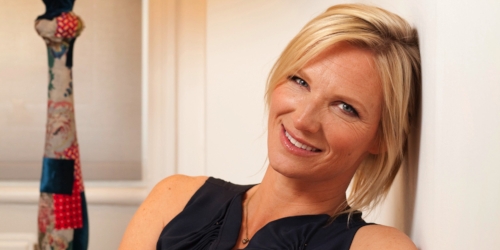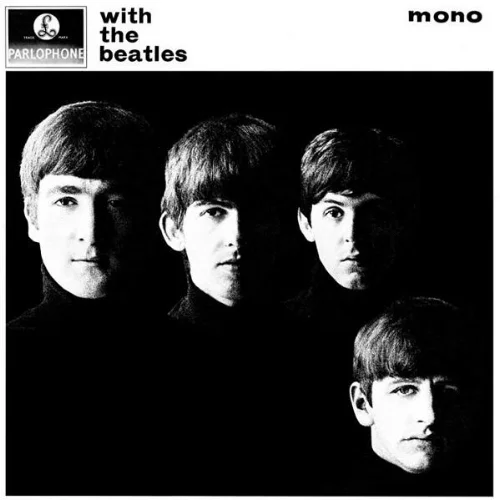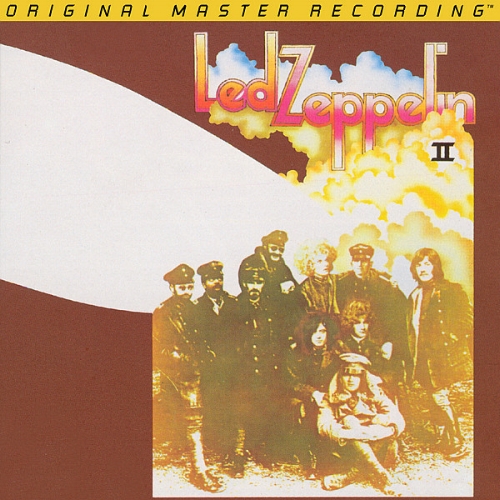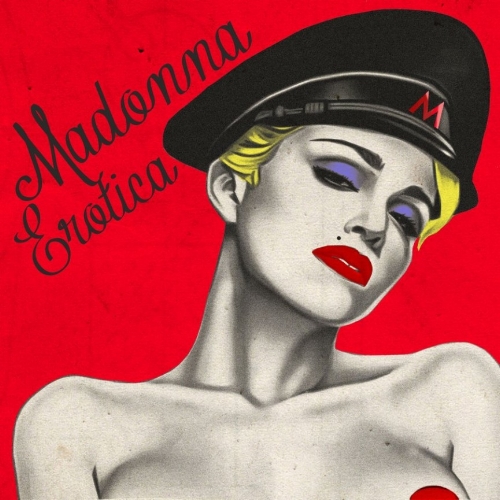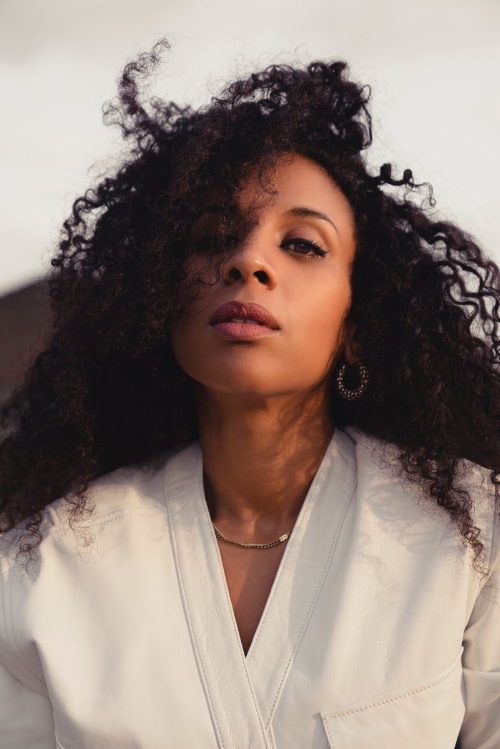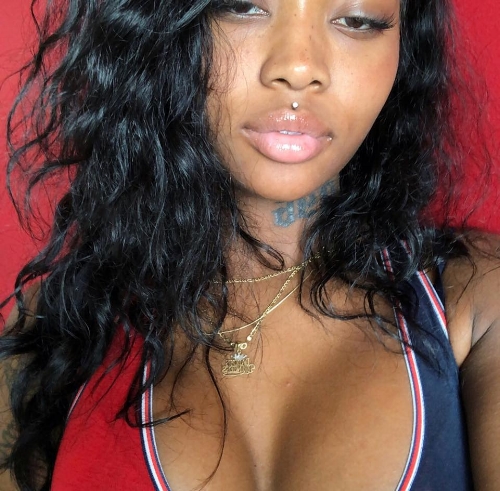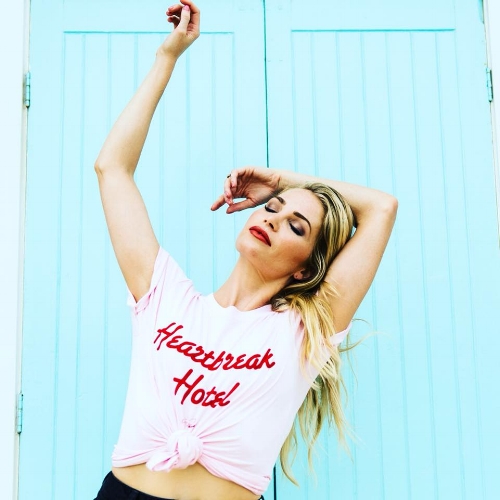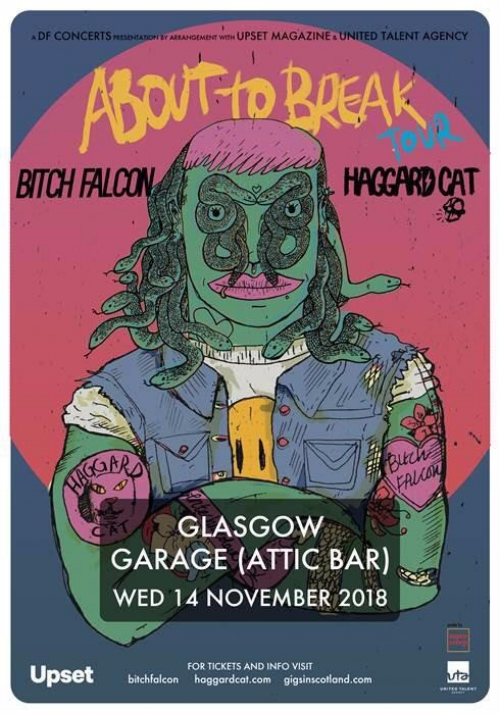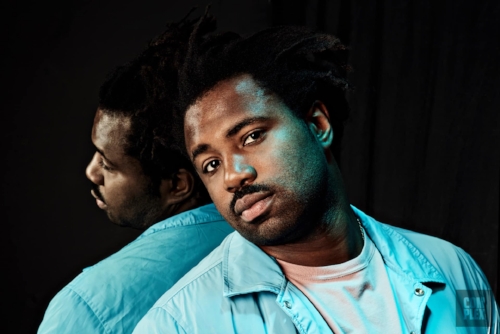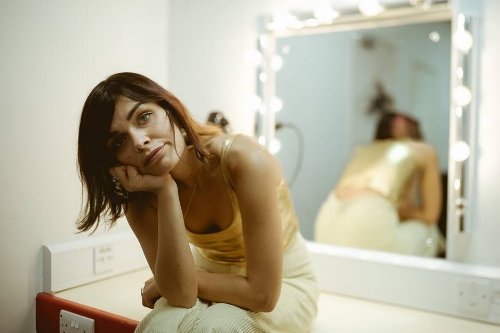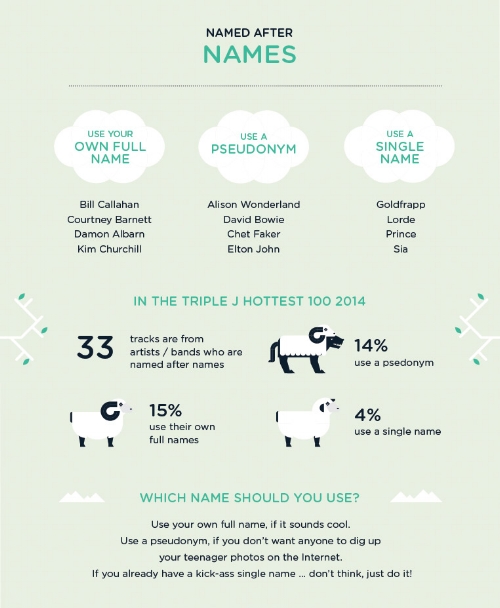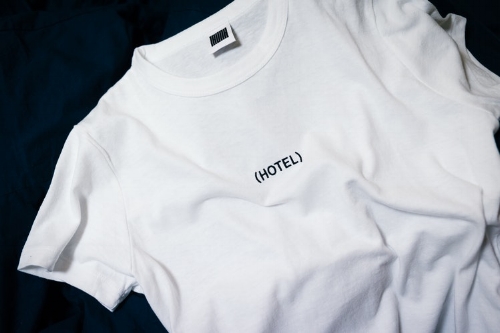FEATURE:
The October Playlist
IN THIS PHOTO: RAY BLK
Vol. 4: A RAY of Light
__________
THIS week’s Playlist…
IN THIS PHOTO: Robyn
is a busy and diverse one…so it is best I expend as few words as possible and let the music do the talking! There are fantastic new songs from RAY BLK, Thom Yorke and Cardi B; gems from Our Girl, Hinds; Robyn and Ross from Friends – so many wonderful offerings to get your teeth into.
It is a wonderful and busy list of tracks that will get the weekend off to a great start and get right into the mind. I have been excited to see what would come this week and it is just as well artists have delivered with some offerings that are sizzling, spicy and pretty sweet. Get involved and have a listen to the best this week has to offer.
IN THIS PHOTO: Cardi B
ALL PHOTOS/IMAGES (unless credited otherwise): Getty Images/Artists
___________
Paloma Faith – Loyal
IMAGE CREDIT: Matthias Hombauer/The Prodigy
The Prodigy – We Live Forever
PHOTO CREDIT: Gareth Cattermole/MTV EMAs 2017/Getty Images for MTV
RAY BLK – Mama
Ross from Friends – Squaz
Maggie Rogers – Light On
White Lies – Believe It
PHOTO CREDIT: Neelam Khan Vela
Her’s – Under Wraps
PHOTO CREDIT: Hollie Fernando
Our Girl – Being Around
PHOTO CREDIT: Lisa Businovski
Hatchie – Adored
Billie Eilish - when the party's over
Cardi B - Money
Imagine Dragons - Zero
Zara Larsson - Ruin My Life
Hinds – British Mind
HAELOS – Buried in the Sand
Mumford & Sons – If I Say
PHOTO CREDIT: James Emmerman

















